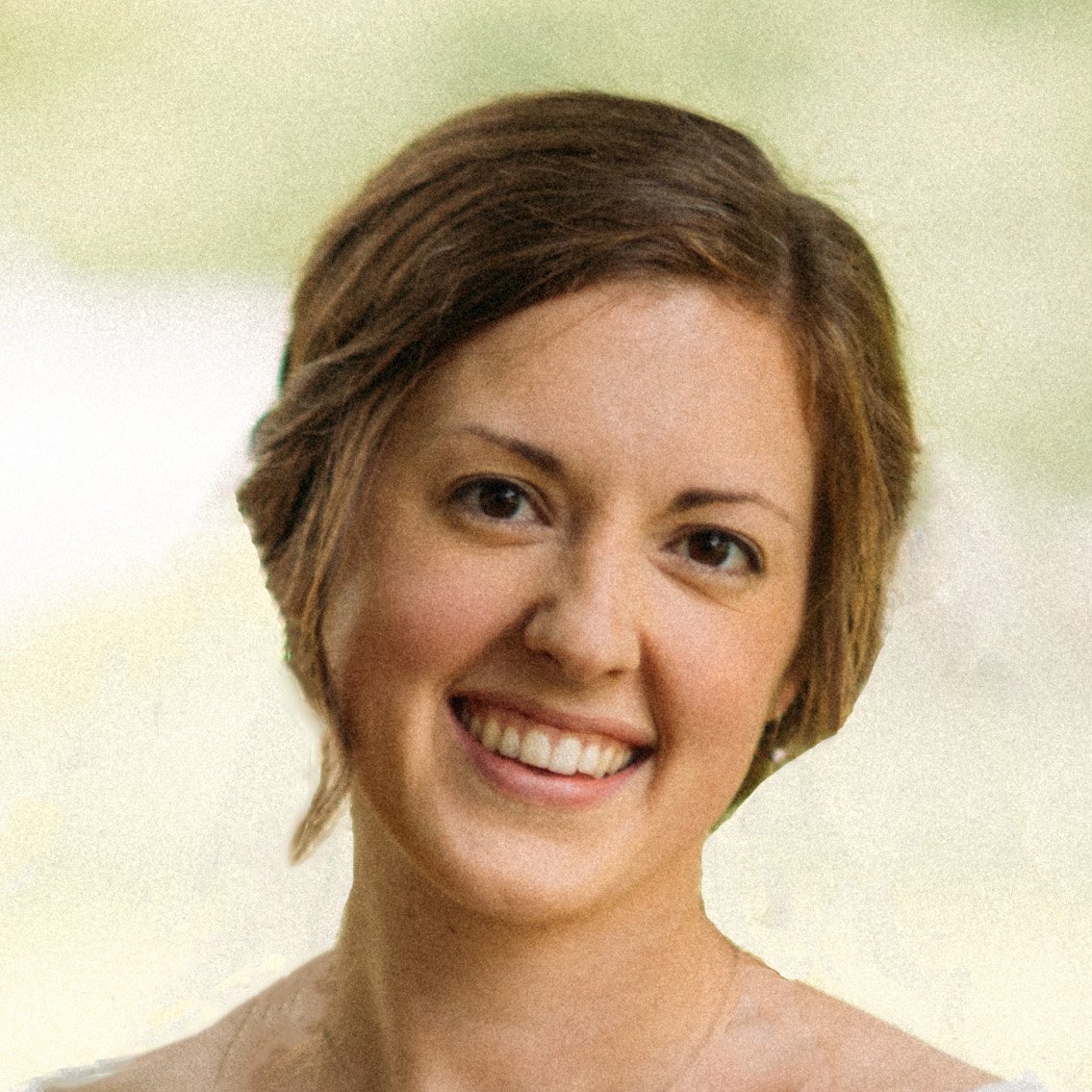
A growing number of people today assume that the pursuit of the natural world—science—must move us farther and farther from God. Recent studies have confirmed that great numbers of young people are leaving the Church because of the “conflict” between faith and science and the lack of scientific evidence for religion (see Faith, Science and Reason: Theology on the Cutting Edge, 24). Popular narratives aside, science and faith are not enemies. In fact, through the years, Christianity has been essential to the progression of science and it is only in recent decades that such misconceptions have ingrained themselves into the cultural subconscious. Yet it stands that the conversation about the relationship between faith and science is an important one that we are all bound to encounter, whether in our classrooms, parishes, workplaces, or homes. For the good of Catholic young people and the future of science, this vision must be restored, because it is only when faith and science are seen together that one can come to see clearly the truth of both the world and the glory of God.
It is with this in mind that the McGrath Institute has released its newest free resource: Faithful Science: Integrating Science and Faith. Written by the director of Notre Dame’s Science and Religion Initiative, Christopher Baglow, Ph.D., the resource is an essential guide for ministers, teachers, parents, and others who want to better understand the relationship between faith and science. While the whole of this topic is rich and deeply complex, the guide covers the foundations of the faith and science debate in such a way that readers can both grasp the core truths for themselves and come to easily explain them to others.
The genius of the guide is in the simplicity of Baglow’s four central questions, those that must be asked but rarely are, given our common cultural assumptions. Baglow affirms that “any effective catechesis has to get at these, and help uproot them” (Faithful Science, 3). The questions structure a helpful summary of the history of science and faith, especially through the great shifts of the 19th century and the misconceptions that formed thereafter. The guide defines the purpose of science in the light of faith, helpfully illustrating exactly why science and faith are not opposed to one another. Finally, the guide ends by addressing a problem at the origin of faith and science conversations—differences in the perception of God and his work in creation. Questions for reflection close each section with a turn to the reader, offering suggestions on how to put this information into practice in a conversation or classroom.
As the debate between faith and science continues to significantly shape the future of the Church, this new resource is an essential read for all Catholics. It is an incredibly accessible, theologically sound resource for all those looking to better understand the relationship between faith and science. It will surely be a tool that will continue to help to restore a vision of faithful science well into the future.
If you'd like to receive Faithful Science: Integrating Science and Faith in your inbox, submit your email below:


